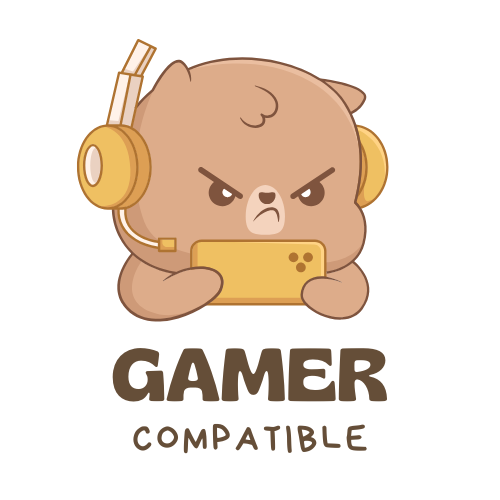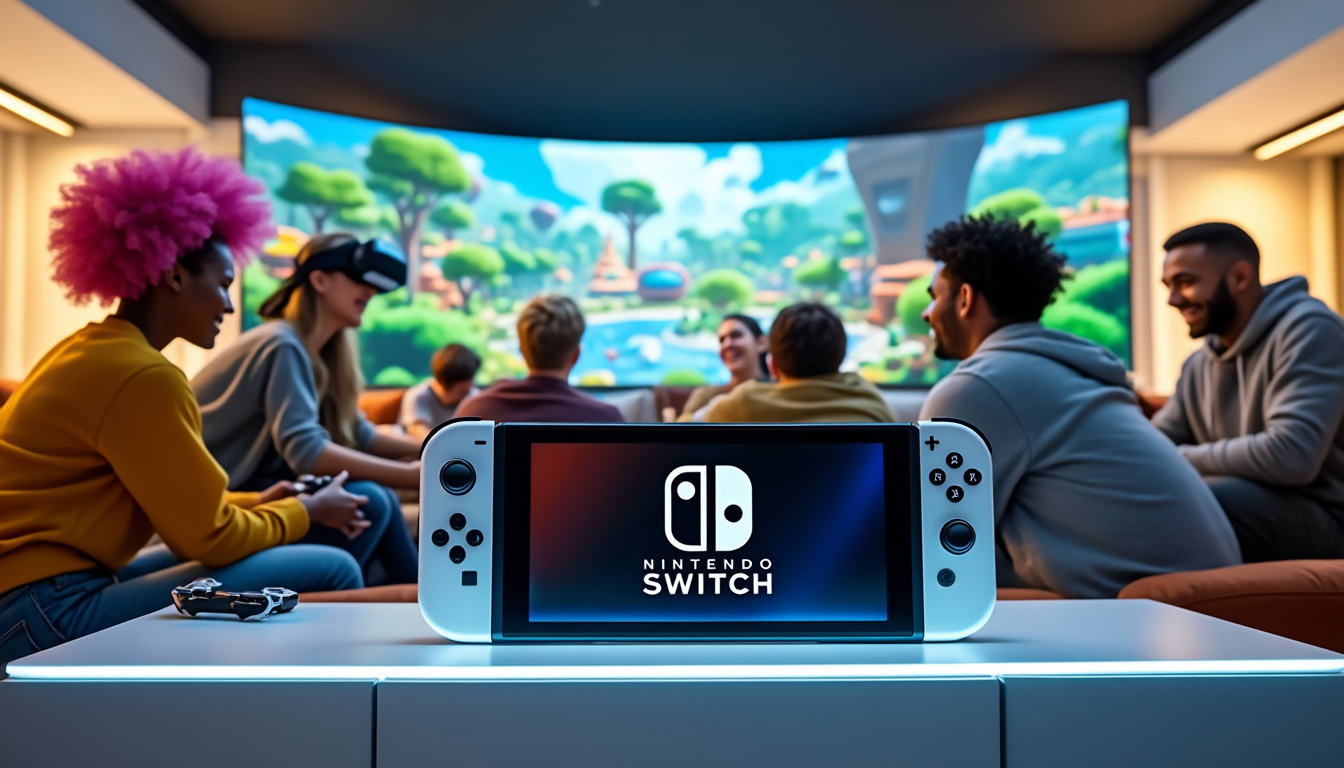|
IN BRIEF
|
As the gaming community eagerly anticipates the launch of the Nintendo Switch 2, there’s a palpable sense of anxiety stemming from the haunting memories of the Wii U flop. Nintendo has a pattern of following their monumental successes with perplexing missteps, making many wonder if history will repeat itself. However, a closer look reveals that the Switch 2 is poised to break the cycle. With its advanced technology, commitment to backwards compatibility, and a deeper understanding of modern gamer expectations, this new console may very well navigate the tricky waters that ensnared its predecessor. Buckle up as we delve into why the future may shine brighter for Nintendo this time around.
The anticipation surrounding the Nintendo Switch 2 is palpable among gamers and industry experts alike. With a history of ups and downs in the console market, particularly following the flop of the Wii U, many are wondering whether Nintendo will stumble again. However, there are convincing reasons to believe that the Switch 2 is poised to rise above past errors and stand strong in this new generation of gaming.
The Importance of Backwards Compatibility
Backwards compatibility has become not just a nice feature but a crucial necessity in today’s gaming landscape. Many players still enjoy titles that are old but gold. With the Switch 2, Nintendo has confirmed that it will support backwards compatibility, allowing gamers to keep their cherished libraries intact. This move is essential for retaining existing customers and enticing those on the fence about upgrading to the new system. Unlike the Wii U, which left many titles behind, the Switch 2 aims to create a seamless transition for players.
Learning from Past Mistakes
Nintendo has been running a psychological gauntlet with its consoles: following the widely successful Wii with the Wii U, a decision that left players scratching their heads. The company seems keenly aware of this precarious balance and is actively working to ensure that the Switch 2 is easy to understand and appealing right off the bat. With this new console, Nintendo is committed to ensuring that gamers will know exactly what they are getting and how it differs from its predecessors.
Engaging an Active Audience
One significant advantage that Nintendo has this time around is the existing and engaged audience of players. With 127 million annual gaming users reported, Nintendo is not starting from scratch. This active community offers a rich pool for Nintendo to attract players to the new system. The Switch 2 can build on this existing base in a way that the Wii U could not. The detailed attention to the desires of this audience reflects Nintendo’s desire to avoid alienation, a pitfall they faced previously.
Flipping the Script on Game Sales
While the Wii U launched with a sparse library that hindered its initial sales, the Switch 2 will likely not face the same challenge. With a multitude of third-party developers rallying around it from the get-go, including a significant commitment from titles like Call of Duty, the Switch 2 is set to feature a rich assortment of games. This not only encourages players to purchase the device but also fosters an atmosphere rife with choices, something the original Wii U lacked.
A Stronger Digital Strategy
Another hurdle for Nintendo has been its relatively “fledgling” digital marketplace compared to titans like PlayStation and Xbox. However, with ongoing efforts to expand its digital offerings, including potential new subscription models and partnerships, it appears that Nintendo is adopting a more future-oriented business strategy. This newfound focus on digital growth enhances the Switch 2’s chances of gaining traction and support from both gamers and developers alike.
Competing with the Competition
Understanding that competition is fierce, Nintendo is aware that it can’t rest on its laurels. Unlike the Wii U, which suffered due to a lack of diverse offerings, the Switch 2 is expected to enter a marketplace brimming with various libraries, catering to both hardcore and casual gamers. This competitive edge could mean the difference between a successful transition and another misstep.
Looking Ahead
Ultimately, while it’s too early to make absolute predictions about the Switch 2, the foundational elements such as backwards compatibility, an engaged audience, and a robust library of games seem to set it on a path towards success. Nintendo seems to have learned its lessons well from the Wii U era and is more prepared than ever to craft a winning console that meets the demands and expectations of today’s gamers. As the hype builds, one thing is for certain: the industry will be watching closely.
Key Differences Between Nintendo Switch 2 and Wii U
| Factors | Insights |
| Backwards Compatibility | Switch 2 offers a smooth transition for existing players with a wide range of playable titles. |
| Target Audience | Engaged community of 127 million active users ready for the next generation. |
| Cross-Platform Collaboration | Strong third-party support, ensuring a diverse game library from launch. |
| Online Services | Improvements in digital offerings to enhance user engagement and revenue. |
| Research and Development | Increased internal resources and partnerships aimed at quicker game development. |
| Release Strategy | Focus on quality and clear messaging to avoid confusion at launch. |
| Market Trends | Shift in gamer preferences towards more accessible, long-lasting titles. |
| Availability of New Titles | Plans for a robust lineup of big titles ready for Switch 2. |
FAQ: Why Nintendo Switch 2 Will Not Repeat the Mistakes of the Wii U
What was the main issue with the Wii U? The Wii U’s failure stemmed from it being a confusing half-measure compared to its predecessor, leading to a lack of clarity and consumer interest.
How does the Switch 2 differ from the Wii U? The Switch 2 is more powerful, features backwards compatibility, and presents a clearer branding that avoids confusion, named simply ‘Switch 2’.
Why is backwards compatibility essential for the Switch 2? Backwards compatibility is crucial as it allows gamers to carry over their existing game libraries and in-game progress, aligning with modern player habits.
How has the gaming industry changed since the Wii U? There has been a significant shift in player behavior, where audiences are more inclined to stick to their ecosystems and prefer their beloved older games that still perform well on existing hardware.
What challenge does Nintendo face with the Switch 2? Nintendo struggles with lengthening development schedules for new games, which may impact their ability to fill the launch lineup with enticing titles.
Is there a risk of the Switch 2 underperforming? While there is always a risk, Nintendo has an active audience and their commitment to digital developments indicates optimism for the Switch 2’s success.
How does digital sales impact Nintendo’s revenue? Digital sales are steadily growing, and this trend can benefit Nintendo’s bottom line even if physical sales remain substantial.



